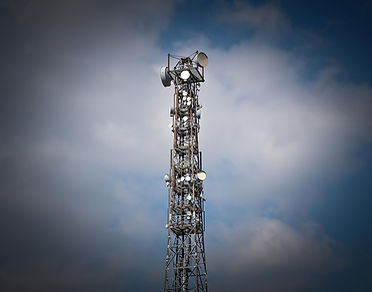
Wireless Telemetry

The Automation Group (TAG) is proficient in the design and implementation of telemetry and wireless telemetry systems.
A telemetry system consists of both a remote site and a control site. The remote site wireless telemetry device contains systems and processes whose parameters are to be monitored. Ideally, this would consist of instruments that measure flow, pressure, temperature, etc. of a process. A wireless telemetry device at a control site is equipped with monitoring systems, which supervise conditions of power failure, water level, battery voltage, intrusion, etc. Chart recorders, alarm control panels, and data loggers are used for this supervision.
When a telemetry device, at the remote site, detects abnormal behavior in the digital/analog inputs, it triggers a signal to the control site. The control site telemetry device then determines the action to be taken based on the signal it has received. A signal is sent back to the remote site with necessary control actions. The communication between the control site and the remote site is, many times, done by wireless medium.
Wireless telemetry systems were implemented to eliminate the use of dedicated wires and circuits to transfer data between a remote site and a control site. A radio system operating on RF (radio frequency) provides single point and/or multi-point communication. This is often called RF telemetry. Advancements and massive developments in wireless technology have scaled up the performance of RF telemetry systems. Wireless telemetry provides a cost-effective way to monitor remote sites without any delay or risk of broken circuits. Changing a wired system to a wireless system can be done at minimal cost.
Wireless Telemetry is used in almost every activity of process engineering, chemical plants, irrigation projects, military, water plants, and wastewater plants.
